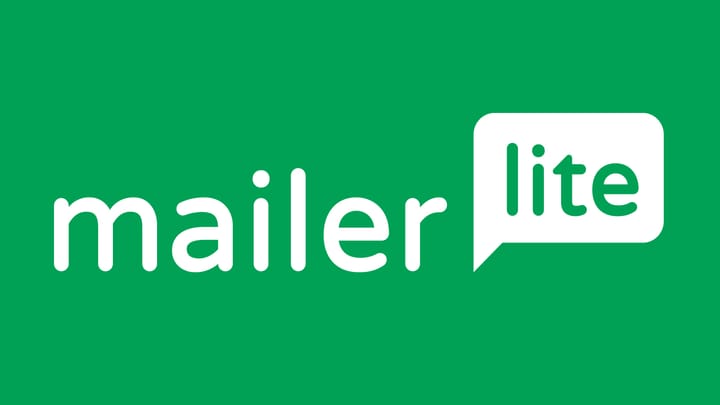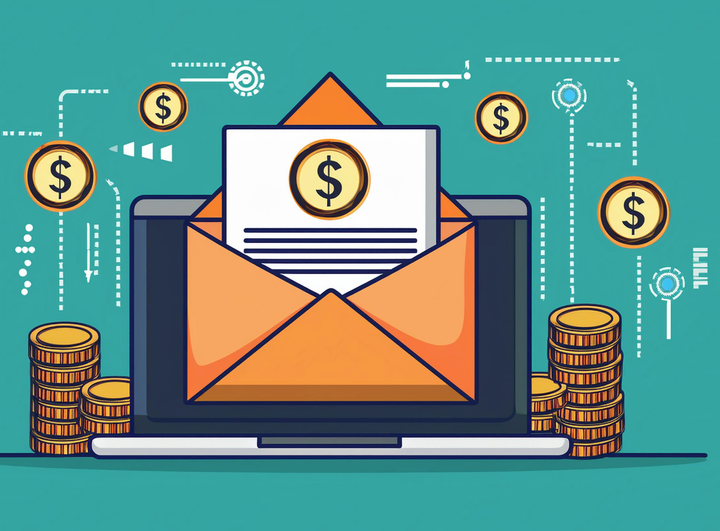5 Welcome Emails That Gets 40% More Engagement (And How to Write It)
First impressions matter — and in email marketing, your welcome email is your digital handshake. It's that critical moment when your new subscriber is most excited to hear from you.
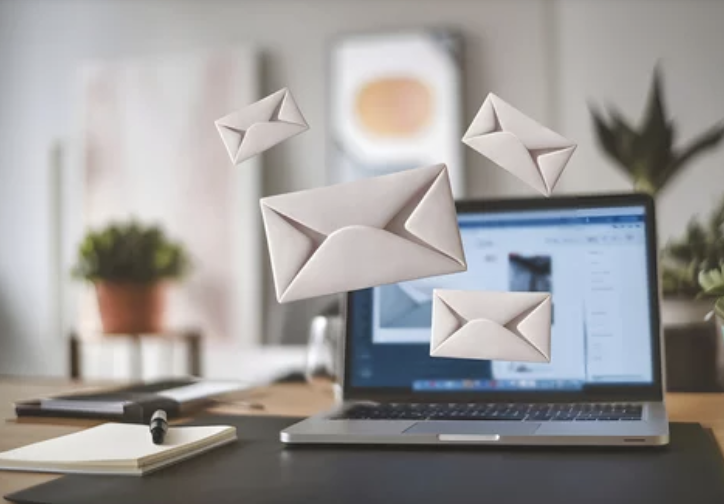
First impressions matter — and in email marketing, your welcome email is your digital handshake. It's that critical moment when your new subscriber is most excited to hear from you.
Here's something that might surprise you: Welcome emails have 4x the open rate and 5x the click-through rate of standard promotional emails. That's not just a small bump — it's a massive opportunity most businesses completely miss.
In this article, you'll discover five real-world welcome emails that outperform the rest — plus how to write one that boosts engagement by 40% or more. No complicated jargon or confusing strategies, just straightforward examples you can use today.
Why Welcome Emails Matter
Welcome emails aren't just a nice-to-have —they're essential for any successful email marketing strategy. Here's why:
They set the tone for your entire relationship with subscribers. That first impression shapes how people view every future email you send.
They build trust right from the start. When someone gives you their email address, they're taking a small risk. Your welcome email reassures them they made the right choice.
They drive conversions better than almost any other type of email. People who read your welcome email are primed to take action.
Key Metrics to Track
To see if your welcome email is working, keep an eye on these numbers:
- Open Rate: How many people actually open your email
- Click-Through Rate (CTR): How many click on your links
- Conversion Rate: How many take your desired action
- Unsubscribes: How many people leave after receiving your first email
Timing matters too: the best welcome emails arrive within 5 minutes of signup. If you wait more than 24 hours, you've probably missed your opportunity.
The Anatomy of a High-Engagement Welcome Email
Before we dive into specific examples, let's break down what makes welcome emails work:
- Strong subject line that stands out in a crowded inbox
- Personalized greeting that makes the reader feel recognized
- Clear value proposition explaining what's in it for them
- One primary CTA (Call to Action) that guides them to the next step
- Friendly, brand-aligned tone that feels authentic
- Mobile-optimized design because over 60% of emails are read on phones
When these elements come together, magic happens. Now let's see them in action.
The 5 High-Performing Welcome Emails (With Examples)
1. Airbnb—Warm, Human, and Aspirational
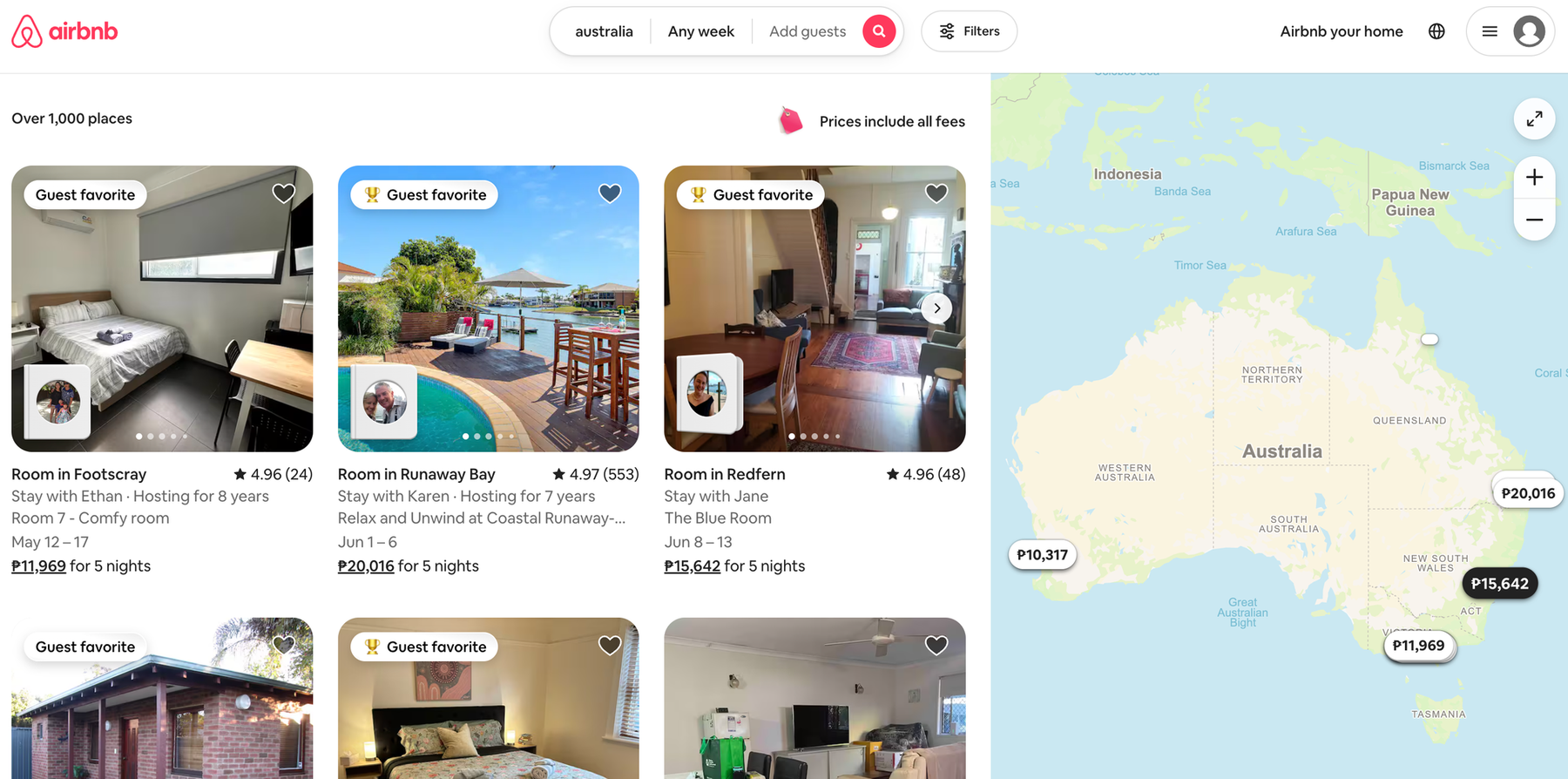
Subject Line: "Welcome to Airbnb. Travel like a human."
Why It Works:
- Human-centric tone that feels like a friend wrote it
- Clear brand identity that carries through from subject line to sign-off
- Invites exploration with a simple CTA: "Start exploring homes"
Airbnb doesn't waste time explaining what they do. Instead, they tap into why you signed up: the desire for unique travel experiences. Their welcome email shows beautiful homes and focuses on the excitement of planning your next adventure.
Engagement Tip: Use aspirational language and make users feel like they're joining a movement, not just a service. Ask yourself, "What dream is my customer pursuing?"
2. Headspace—Calm, Clear, and Focused
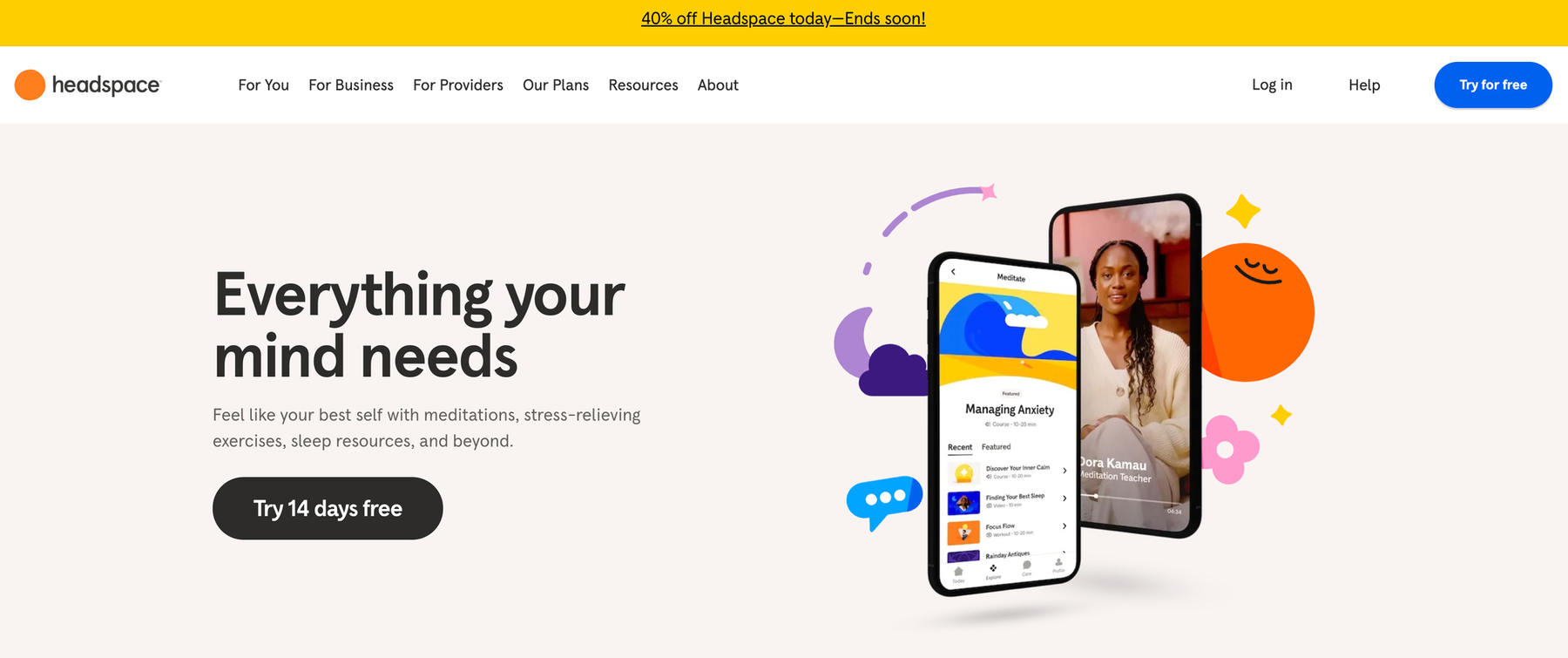
Subject Line: "Welcome to Headspace"
Why It Works:
- Minimalist design with plenty of white space, reflecting the app's purpose
- Calming tone that immediately demonstrates their value
- CTA encourages action without pressure ("Try your first session")
Headspace's welcome email perfectly matches their product. It's clean, uncluttered, and focuses on a single action. They don't overwhelm you with options—just a simple invitation to experience what they offer.
Engagement Tip: Match your email's tone to your product. When promoting a productivity tool, please ensure your email is crisp and efficient. If you're selling luxury items, make it elegant and exclusive.
3. Harry's—Honest and Conversational
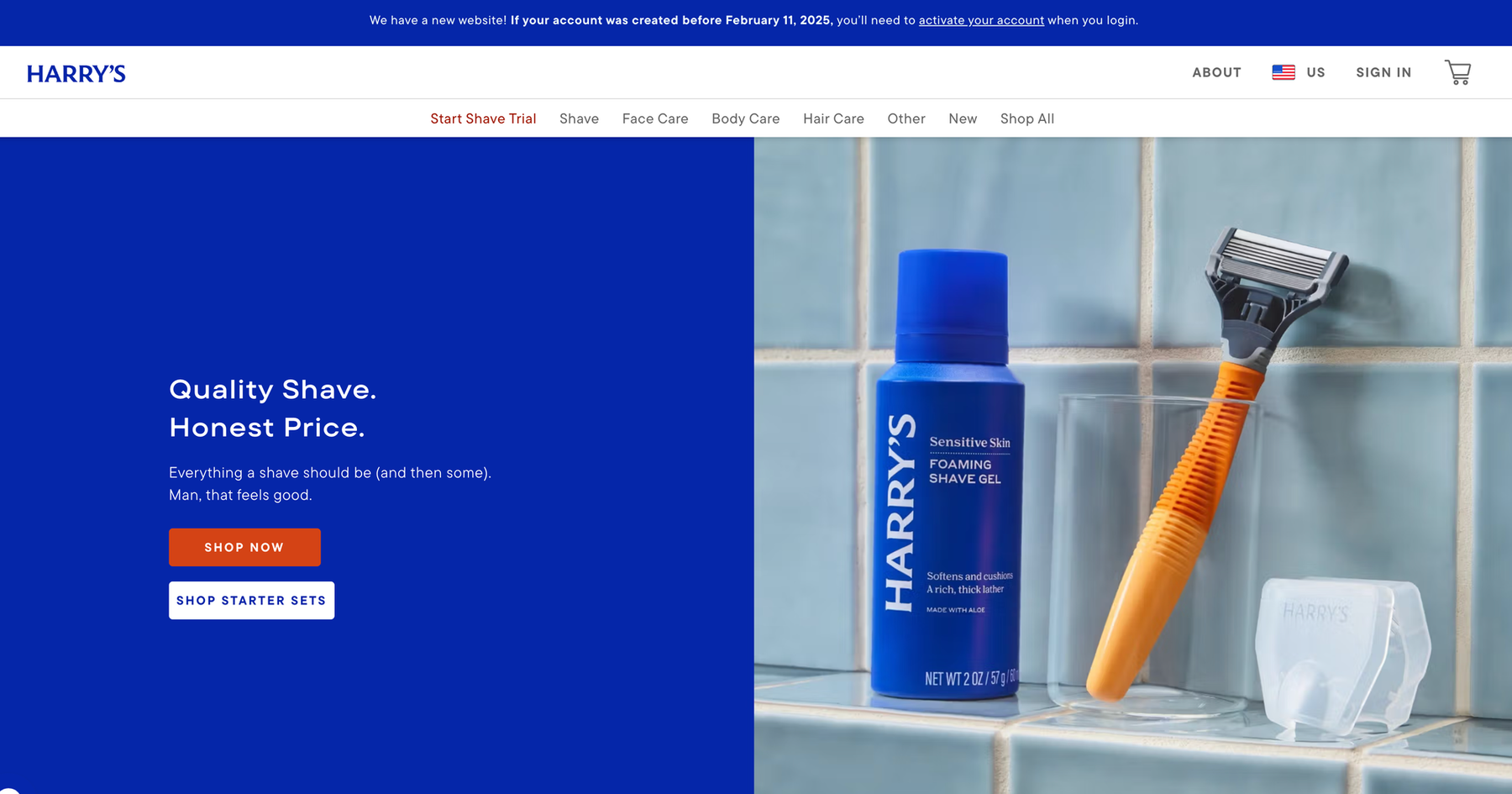
Subject Line: "Two guys started Harry's to fix shaving."
Why It Works:
- Tells a founder story that creates an instant connection
- Builds trust fast by explaining their mission
- Direct CTA that guides users to explore products
Harry's welcome email feels like a friend explaining why they started their business. It's personal, authentic, and explains why their razors are different without getting technical. They address common frustrations with shaving and position themselves as the solution.
Engagement Tip: Use storytelling in your welcome email. People connect with stories, not features. Introduce your brand's why early on.
4. Canva—Immediate Value and Clear Steps

Subject Line: "Welcome to Canva — Let's get you started!"
Why It Works:
- Encourages immediate action rather than just saying hello
- Lists 3 quick things to try so users aren't overwhelmed
- Helps users find "aha!" moments fast by guiding them to valuable features
Canva doesn't wait for users to figure things out. Their welcome email provides a mini-tutorial with clear steps and visual guides. They know that users who create their first design quickly are more likely to become long-term customers.
Engagement Tip: Make it easy for users to experience a win in your product right away. What's the simplest valuable action they can take? Guide them there.
5. Casper—Quirky and On-Brand
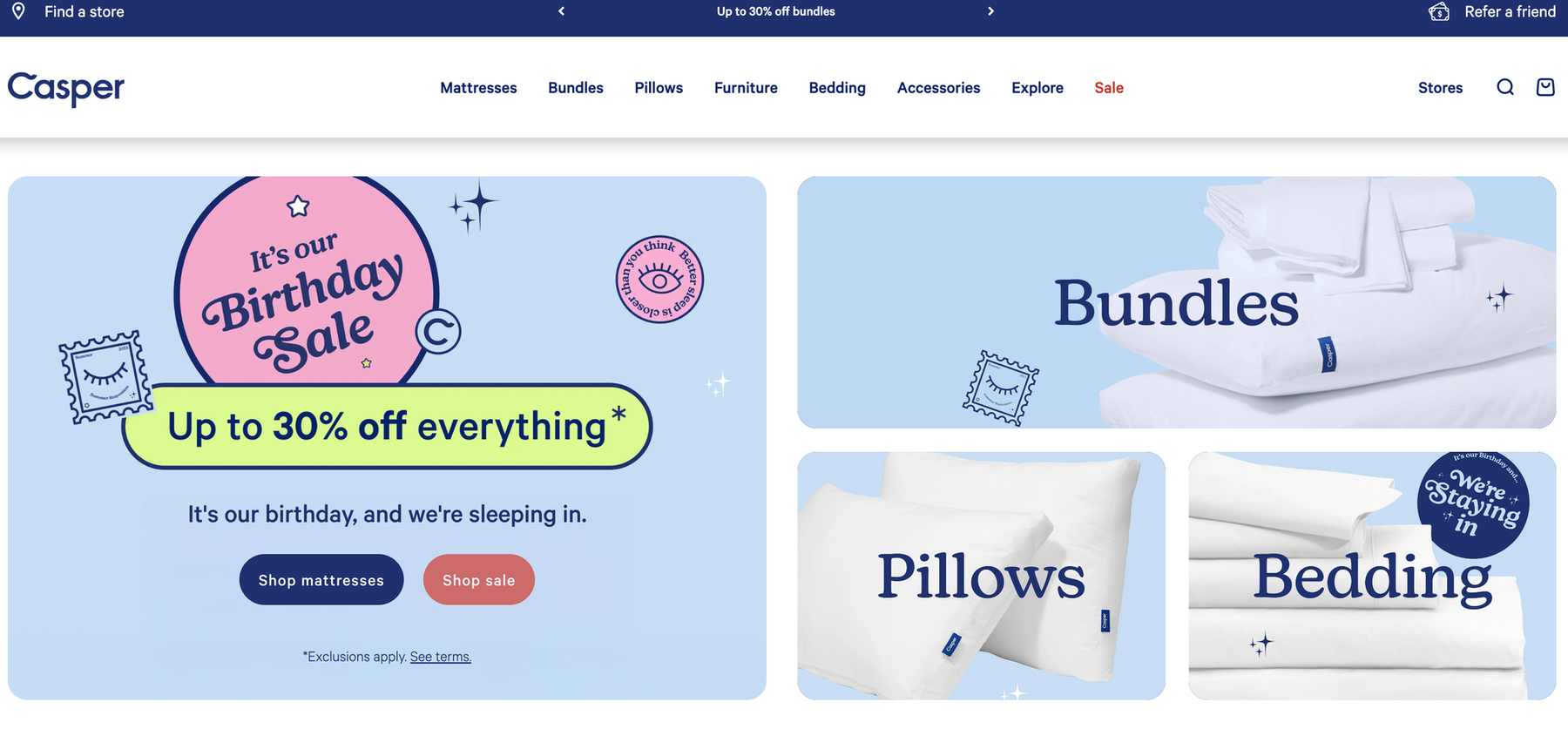
Subject Line: "Can we get you a glass of milk?"
Why It Works:
- Playful and unexpected subject line that stands out
- Memorable and aligns with sleep theme without being obvious
- Soft-sell CTA that introduces products without pressure
Casper's welcome email doesn't feel like marketing at all. It feels like a friend checking in with a bedtime joke. They're selling mattresses, but their email focuses on the experience of sleep and rest. Their brand personality shines through every line.
Engagement Tip: Don't be afraid to let your brand's personality show. A memorable welcome email gets forwarded and shared, extending your reach beyond your subscriber list.
How to Write Your Own High-Engagement Welcome Email
Ready to create your own welcome email? Follow these steps:
Step 1: Nail your subject line
Use one of these proven approaches:
- Curiosity: "The secret to better [benefit] starts here."
- Clarity: "Welcome to [Brand]—Here's what happens next"
- Benefit: "Welcome! Your first [benefit] is waiting."
Step 2: Speak directly to the subscriber's intent
Why did they sign up? Was it for a discount, information, or to use your product? Your welcome email should acknowledge and fulfill that specific intent.
Step 3: Keep it skimmable
Most people scan emails, so format yours for easy reading:
- 2-3 short paragraphs (3-4 sentences each)
- Bold important points
- Make your CTA stand out visually
- Use subheadings if your email is longer
Step 4: Add personalization where it matters
Personalisation goes beyond just using someone's name. Consider:
- Signup source (reference where they found you)
- Interests (if collected during signup)
- Behavior (what pages they visited before signing up)
Step 5: A/B test critical elements
Don't guess what works—test it.
- Try different subject lines
- Test CTA button colors and text
- Experiment with send times
- Compare short vs. slightly longer content
Pro Tips to Boost Engagement
Want to take your welcome emails to the next level? Try these advanced techniques:
Use dynamic content that changes based on user data. For example, recommend a specific product based on the pages they viewed before signing up.
Include a "reply to this email" prompt. Inviting responses humanises your brand and provides valuable feedback. With Maileroo.com, these replies can automatically route to your customer service team.
Add a P.S. line with a surprise bonus. People almost always read the P.S., so use it for an unexpected offer or tip.
Consider a short welcome series instead of a single email. A sequence of 2-3 carefully timed messages can increase engagement by guiding users through a complete onboarding journey.
Final Thoughts
The best welcome emails don't feel like marketing messages—they feel personal, helpful, and true to your brand. They recognise that a new signup is the beginning of a relationship, not just a transaction.
Remember, your welcome email might be the most important email you ever send. It sets expectations, builds trust, and either engages subscribers or loses them forever.
Want to see how your welcome email stacks up? Visit Maileroo.com to download our free Welcome Email Checklist and get a personalised analysis of your current welcome strategy. Our easy-to-use email marketing platform makes creating high-converting welcome emails simple, even if you're not a marketing expert.
Start turning new subscribers into engaged customers today!
About Maileroo.com: Maileroo helps businesses create email marketing campaigns that convert. Our intuitive platform makes it easy to design beautiful emails, segment your audience, and track results—all while ensuring your messages reach the inbox, not the spam folder. Try Maileroo free for 14 days and see why thousands of businesses trust us with their email marketing.


